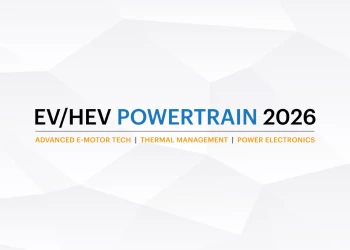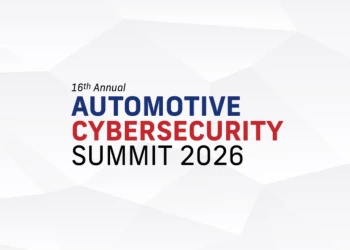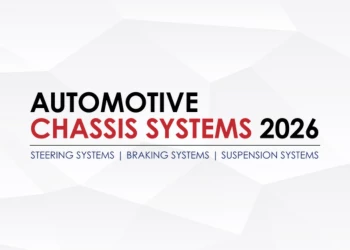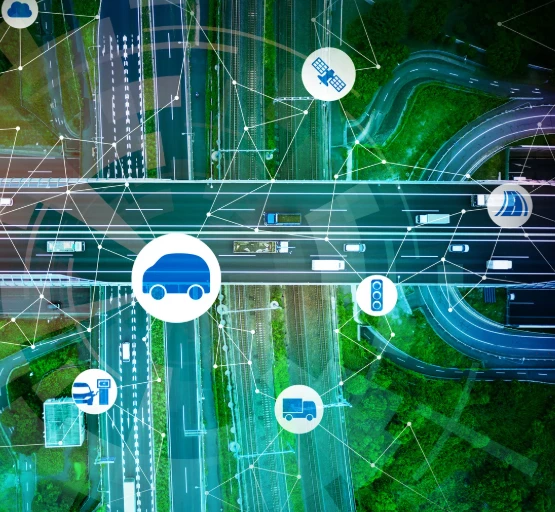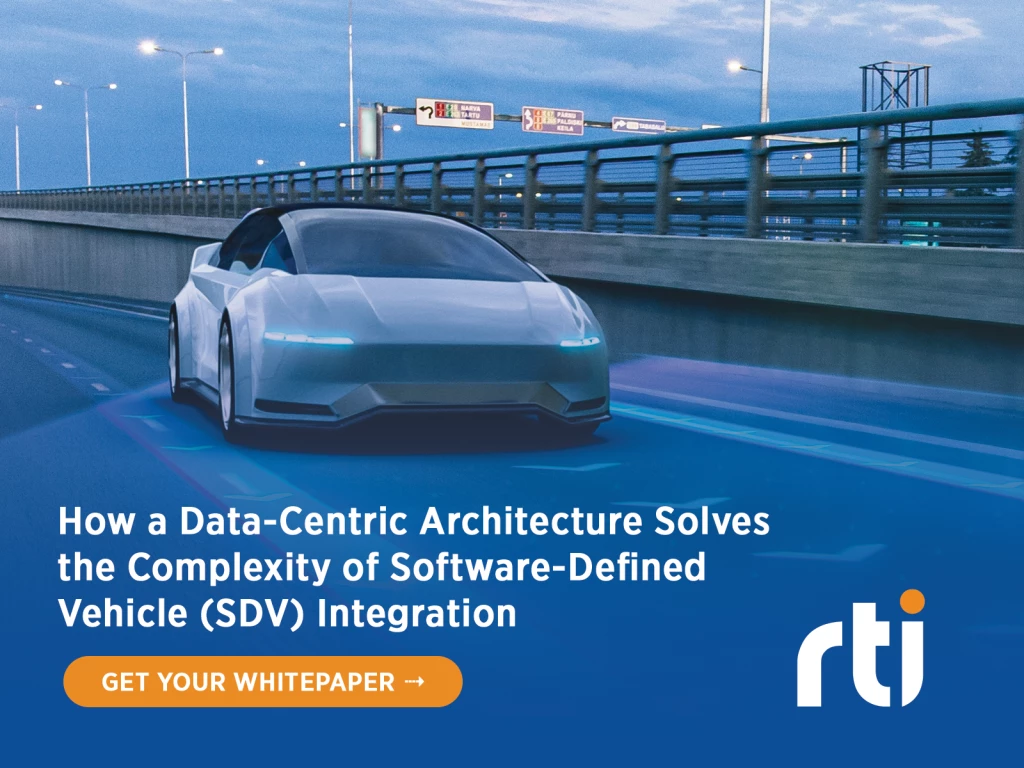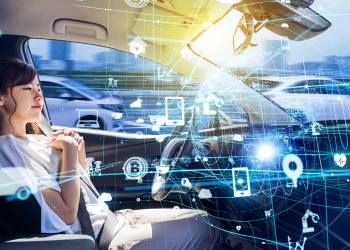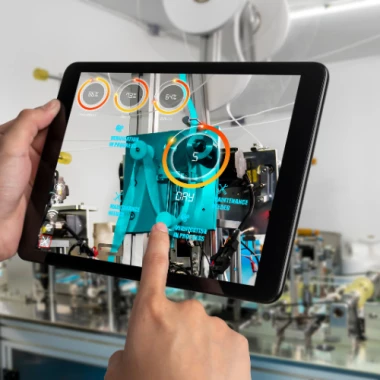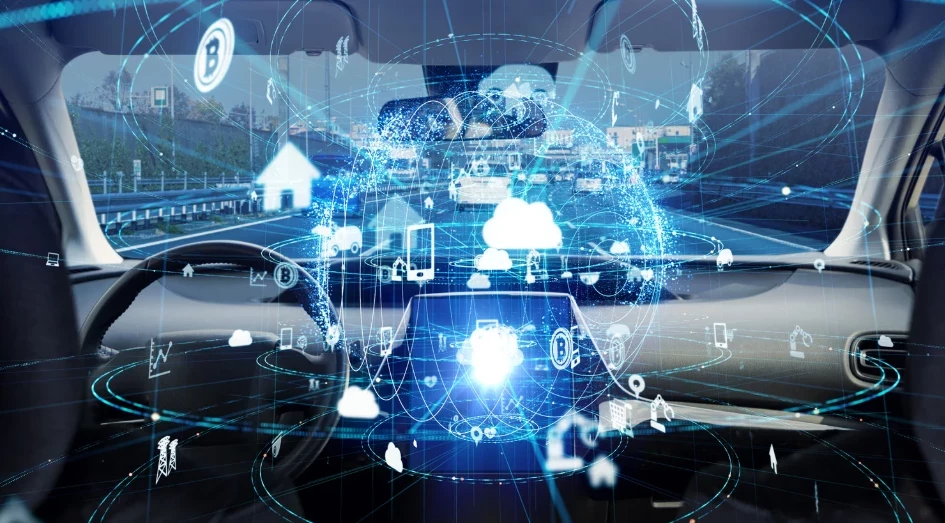Cybersecurity Challenges in the Era of Software-Defined Vehicles
Understanding challenges to secure long-term brand trust and regulatory compliance.
Add bookmark
The automotive industry is undergoing a transformative shift from hardware-centric architectures to software-defined vehicles (SDVs). This paradigm enables continuous feature updates, personalized driver experiences, and deeper integration with cloud ecosystems. However, this evolution brings a new dimension of complexity to vehicle cybersecurity - one that demands proactive, resilient, and scalable solutions.
The Expanding Attack Surface
Traditional vehicles relied on isolated electronic control units (ECUs) with limited connectivity. In contrast, SDVs operate on centralized compute platforms, virtualized environments, and high-speed communication buses. With features like over-the-air (OTA) updates, vehicle-to-everything (V2X) communications, and app-based control, the attack surface has dramatically expanded. Each new software integration or API presents a potential vulnerability.
Legacy Vulnerabilities Meet Modern Threats
Many SDVs still incorporate legacy vehicle network protocols like CAN or LIN that were never designed with security in mind. When these protocols interface with modern, internet-facing systems, they become targets for sophisticated cyber threats. Hackers can exploit these bridges to pivot into critical vehicle systems - posing safety, privacy, and financial risks.
Supply Chain Complexity and Third-Party Risks
Today’s vehicles integrate code from dozens of suppliers, each with their own tools, frameworks, and security standards. Managing these complex software supply chains becomes a challenge for OEMs. Third-party libraries, open-source components, and even development tools may introduce hidden vulnerabilities if not rigorously vetted and continuously monitored.
Lack of Standardized Security Frameworks
While the automotive industry has begun embracing standards like ISO/SAE 21434 and UNECE WP.29, implementation varies widely across manufacturers and regions. This inconsistency hinders coordinated defense mechanisms. Moreover, cybersecurity maturity varies not only between OEMs but also across vehicle lines within the same brand.
AI and Cloud Integration: Double-Edged Swords
Artificial intelligence and cloud integration unlock predictive maintenance, behavioral personalization, and real-time navigation, but also open avenues for data exfiltration and model manipulation. Attackers can target cloud-connected ECUs or manipulate training data to alter vehicle behavior. Securing machine learning pipelines and cloud APIs is therefore vital to protecting SDVs.
Recommendations for Securing SDVs
1. Design security into the architecture from Day One, starting with secure boot, code signing, and end-to-end encryption.
2. Implement continuous monitoring with behavior-based intrusion detection systems.
3. Strengthen software supply chain integrity with SBOMs (Software Bill of Materials) and third-party risk assessments.
4. Embrace standardized frameworks like ISO/SAE 21434 and ensure consistent internal policy enforcement.
5. Invest in regular penetration testing and red-teaming exercises tailored to automotive platforms.
Conclusion
As vehicles become more software-driven, cybersecurity must evolve in tandem. The convergence of mobility, connectivity, and computation in SDVs demands a multi-layered defense strategy, spanning from embedded systems to cloud platforms. Proactively addressing these challenges not only safeguards passengers and infrastructure but also secures long-term brand trust and regulatory compliance.

